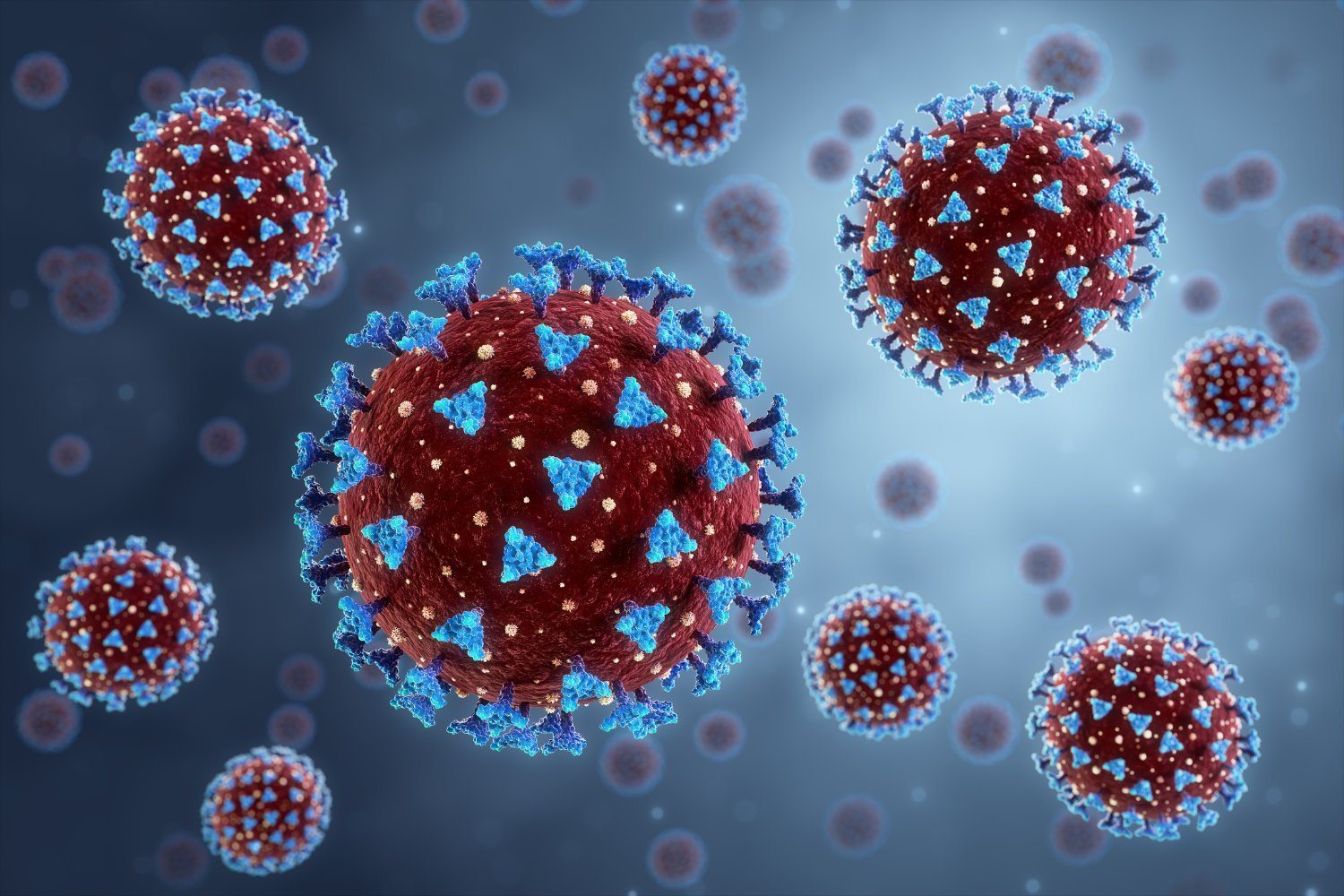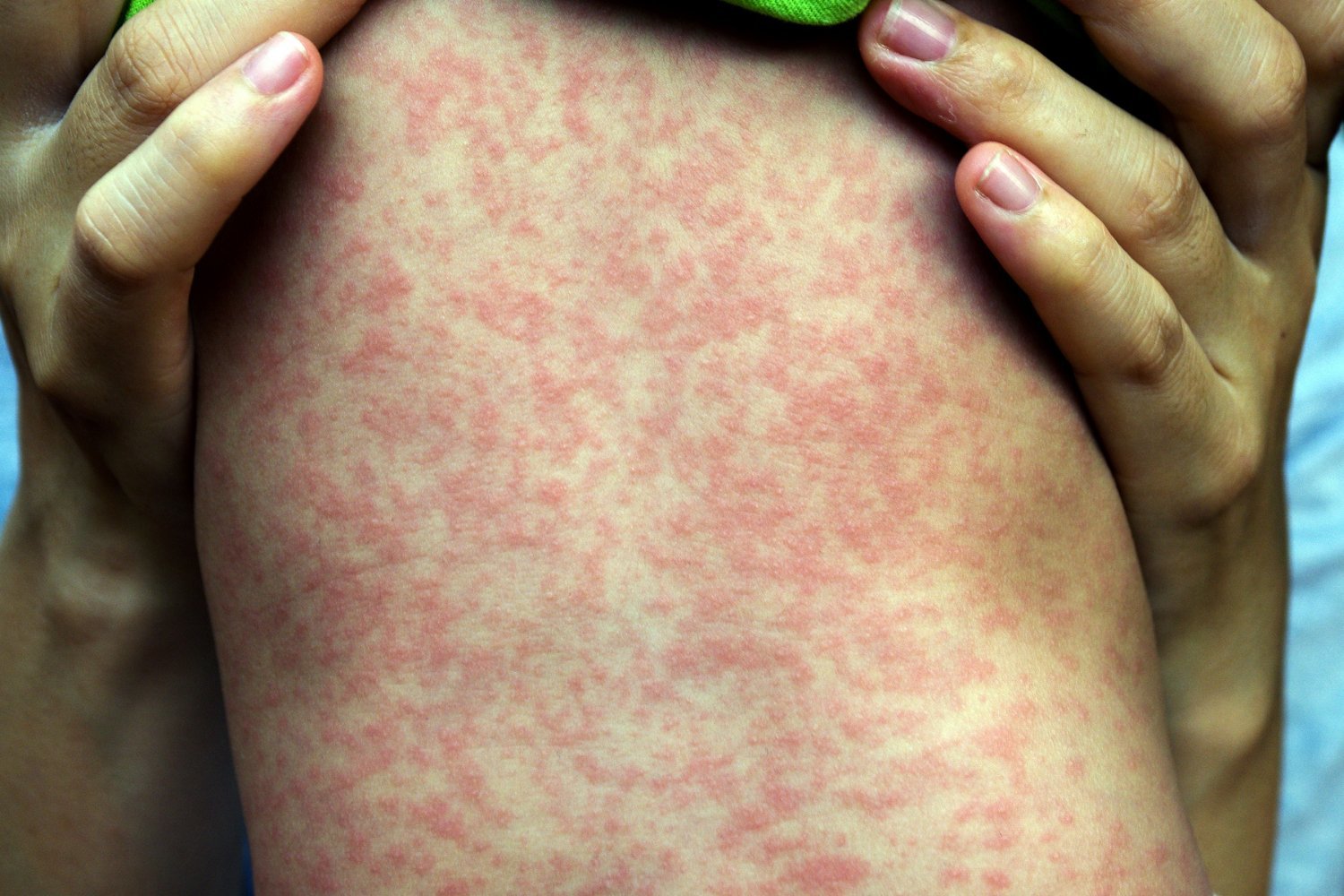Chlorine, a crucial tool for water purification, might pose a greater cancer risk than previously thought. A new study reveals a potential link between water chlorination and increased incidence of specific cancers.
Researchers at Sweden’s Karolinska Institute conducted a comprehensive review of existing studies exploring the relationship between chlorination and cancer. Their findings indicate a significantly higher risk of bladder and colorectal cancer among individuals exposed to high levels of chlorine byproducts compared to those with lower exposure. Alarmingly, this increased risk emerges at levels below current safety thresholds established in the U.S. and Europe, suggesting the inadequacy of existing guidelines in protecting public health.
Since the early 20th century, chlorine has played a vital role in disinfecting drinking and recreational water, effectively combating diseases like typhoid fever and cholera. However, chlorine and other disinfectants have known drawbacks. A primary concern is the formation of disinfectant byproducts (DBPs) resulting from the interaction of these chemicals with organic compounds in untreated water. The most prevalent DBPs from chlorine are trihalomethanes (THMs). Previous research has demonstrated the carcinogenic potential of THMs in rodents, but studies investigating the link between THMs in chlorinated water and human cancer have yielded inconsistent results.
Earlier reviews of available data found limited evidence connecting THMs to bladder and colorectal cancers. However, these reviews are over a decade old, and more recent, potentially more insightful studies have since emerged. The Karolinska Institute researchers therefore undertook an updated meta-analysis of the research.
Their analysis encompassed data from 29 papers, the most recent published in 2024. While the majority of studies focused on bladder and colorectal cancer, 14 cancers were evaluated in total. No significant link was found between THM exposure and any other cancers besides bladder and colorectal cancer. However, the researchers observed a 33% increased risk of bladder cancer and a 15% increased risk of colorectal cancer associated with the highest THM levels compared to the lowest. Crucially, this elevated risk was evident at THM levels starting at 41 parts per billion (ppb), which is below the 80 ppb regulatory limit in the U.S. and the 100 ppb limit in the EU.
Alternative water disinfection technologies, such as ultraviolet light treatment, exist. Furthermore, practices like removing organic matter from water before chlorination could potentially reduce THM levels. The researchers acknowledge that the current data is insufficient to establish a definitive cause-and-effect relationship between chlorination and cancer and are not advising against drinking tap water based on their findings. However, they emphasize the urgent need for more rigorous research to investigate and validate this potential risk.
“What we see is alarming, and we need some more high-quality studies,” lead researcher Emilie Helte told the Guardian.
The study, published in Environmental Health Perspectives, concludes: “In this systematic review and dose–response meta-analysis, we found limited-suggestive evidence that exposure to THMs in drinking water increases the risk of bladder cancer and colorectal cancer.”
While chlorination remains a vital tool in public health, these findings underscore the importance of ongoing research and potential adjustments to current water treatment practices to minimize potential risks.










